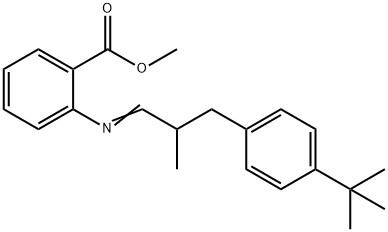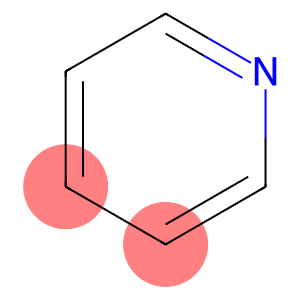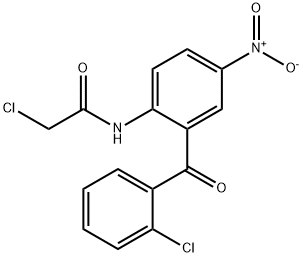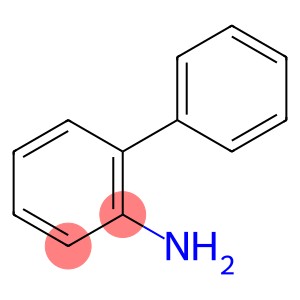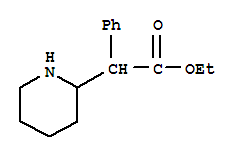LILANATE 3275 P(CAS#91-51-0)
Introduction
LILANATE 3275 P, also known as Methyl 2-[[3-[4-(1,1-dimethylethyl)phenyl]-2-methylpropyl]amino]benzoate, is an organic compound. The following is a description of its nature, use, formulation and safety information:
Nature:
-Appearance: Colorless to light yellow liquid
-Molecular formula: C26H35NO2
-Molecular weight: 397.56g/mol
-Melting point: No data
-Boiling Point: No data
-Density: No data
-Solubility: Soluble in organic solvents such as ethanol, chloroform and dimethylformamide
Use:
- LILANATE 3275 P is an important organic synthesis intermediate, commonly used in the synthesis of drugs and pesticides. It can be used as an initiator and catalyst to participate in the study of drug synthesis reaction and enzyme activity.
Preparation Method: The preparation method of
- LILANATE 3275 P is more complicated, and it is generally completed by organic synthetic chemical reactions. The specific preparation method can be selected according to specific experimental conditions and routes.
Safety Information:
- LILANATE 3275 P is an organic compound. The following safety information should be paid attention to when using and handling:
-Eye Contact: Avoid direct eye contact. If contact occurs, rinse immediately with plenty of water for at least 15 minutes. Medical attention may be required.
-Skin Contact: Avoid direct skin contact. If contact occurs, wash thoroughly with soap and water. If allergic reactions occur, seek medical attention.
-Inhalation: It should be operated in a well-ventilated place to avoid inhaling its vapor or mist. If inhalation occurs, move to fresh air immediately and seek medical help if necessary.
-Ingestion: Avoid accidental ingestion. If ingested, seek medical help immediately.
-Other: During operation, wear appropriate protective equipment, such as safety glasses, gloves and protective clothing. The contaminated clothing and skin should be thoroughly cleaned after the operation. Store and dispose of the compound properly to prevent fire and other dangerous events.
The above information is for reference only, and the specific nature and use method should also be considered in combination with other experiments and literature. Follow proper safety procedures and safe laboratory practices when using and handling this compound.


